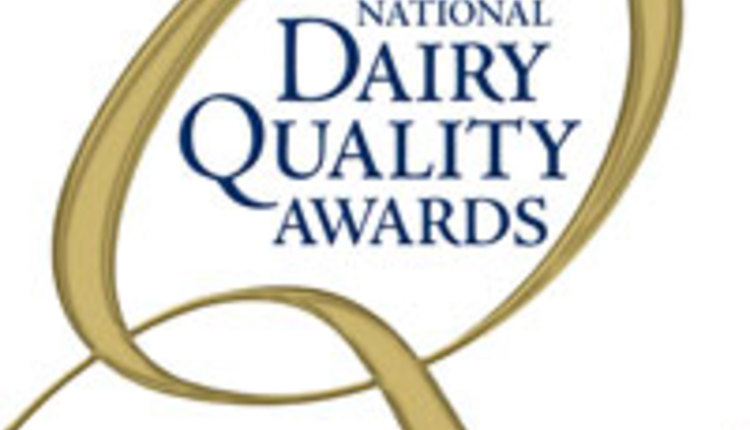
When it comes to herd replacements and profitability, it can be hard to balance the equation and come out on top. In current markets, the expense of purchasing new animals exceeds the value of a cull cow. Additionally, first-lactation animals produce 15% less milk than second-lactation cows and 25% less milk than third-lactation cows.1 Each time you replace mature cows with first-lactation cows, you face lower production potential and, mostly likely, a corresponding decrease in your dairy’s overall profitability.
The costs and production losses associated with high herd turnover can have a profound effect on your dairy’s financial success. In fact, Zoetis and Compeer Financial identified net herd turnover cost as a key driver of net farm income in an analysis of 11 years of herd data from 489 year-end financial and production-record summaries. According to the study, when isolated for net herd turnover cost, the difference in profit between top and bottom herds was $376 per cow per year, and 7 pounds of milk per cow per day.1
What does this mean for you and your dairy? Minimizing your net herd turnover cost is key to increasing your financial success. If you maintain a high proportion of mature cows within your herd, you can ultimately see higher production and profitability on your farm. To do this, you must manage the health of your cows to reduce herd turnover.
Follow these three tips to prevent unnecessary herd turnover and help maximize profitability:
- Monitor and manage somatic cell count (SCC). — Mastitis infections are difficult to diagnose without physical symptoms. However, that doesn’t mean the quarter (or quarters) are entirely healthy. An individual SCC of 200,000 cells/mL or higher may indicate the presence of a subclinical mastitis infection. By monitoring SCC, you and your veterinarian can identify and treat infections before milk production is affected. Additionally, SCC is one of the six drivers of net farm income and profitability, so pushing your SCC as low as it can go — to 100,000 or less — can improve profitability.
- Focus on fresh cow health. — The impact of post-calving health challenges, such as metritis, extends beyond treatment costs. Health challenges also reduce reproductive performance and milk production. Manage diet and environment to minimize health risks, production loss and long-term reproductive effects.
- Raise the right animals for your herd. — Are you confident you’re devoting resources to the most productive members of your herd? Consider genomic testing. With established health traits for the costliest diseases in dairy cattle, you can now reliably identify animals with increased disease risk that are likely to underperform. This valuable tool, with guidance from in-field support, can help you make more educated culling decisions, narrow the gap in productivity between culled cows and their replacements, and build a stronger herd.
Find out more about net herd turnover cost as a dairy financial driver and learn more about solutions for managing health and preventing herd turnover on your dairy.
About Zoetis
Zoetis is the leading animal health company, dedicated to supporting its customers and their businesses. Building on more than 65 years of experience in animal health, Zoetis discovers, develops, manufactures and commercializes medicines, vaccines and diagnostic products, which are complemented by biodevices, genetic tests and a range of services. Zoetis serves veterinarians, livestock producers and people who raise and care for farm and companion animals with sales of its products in more than 100 countries. In 2018, the company generated annual revenue of $5.8 billion with approximately 10,000 employees. For more information, visit https://www.zoetisus.com/.
1 Lormore M. What Drives Financial Success on a Dairy? Parsippany, NJ: Zoetis; 2018.

